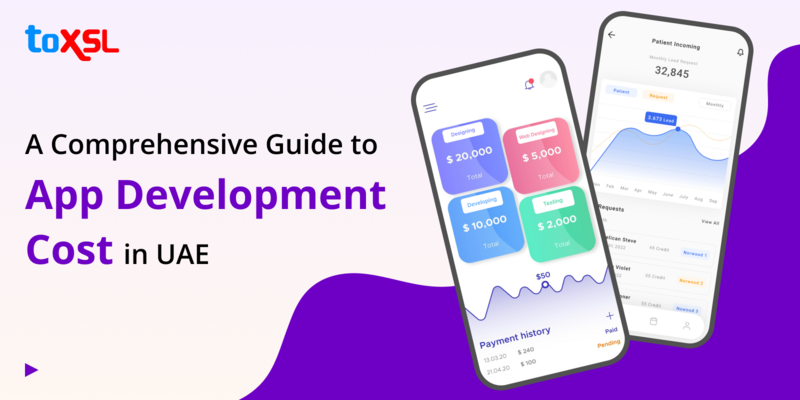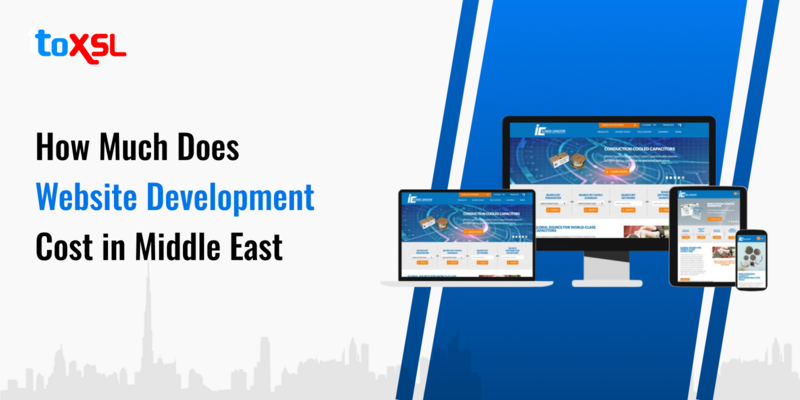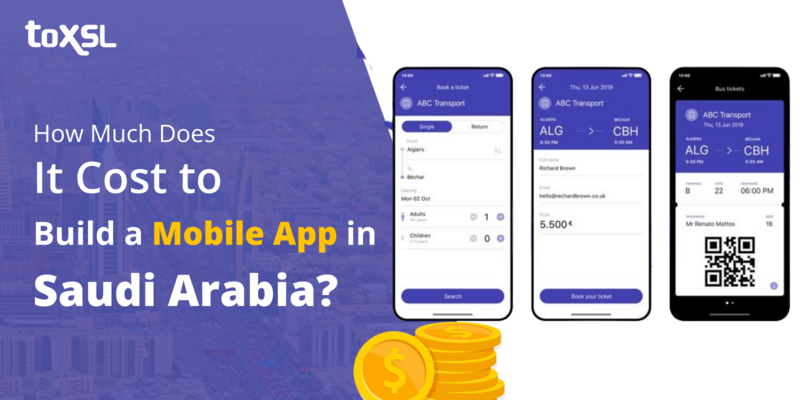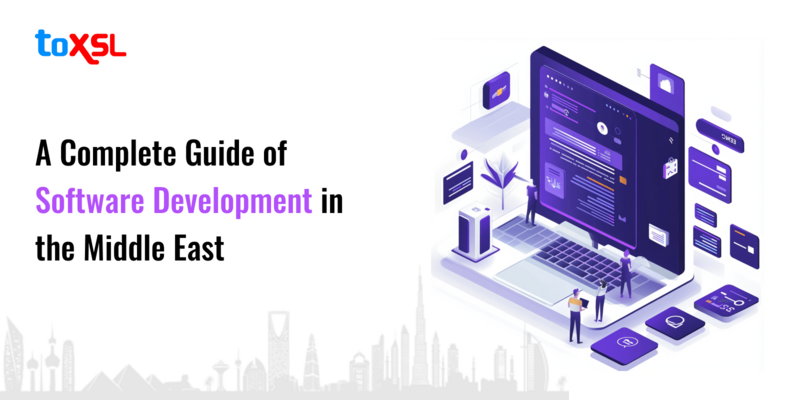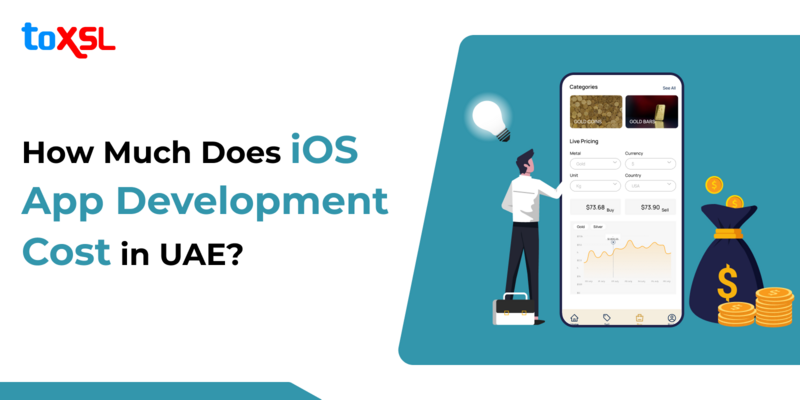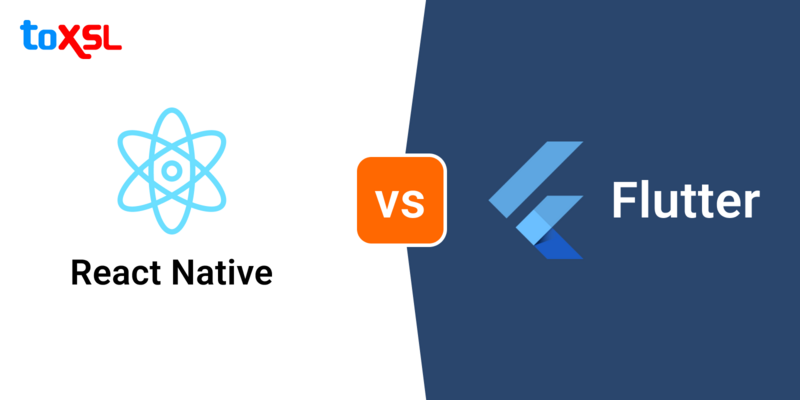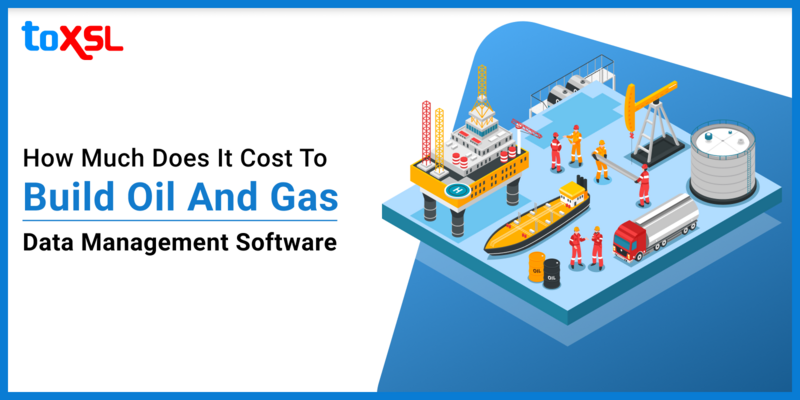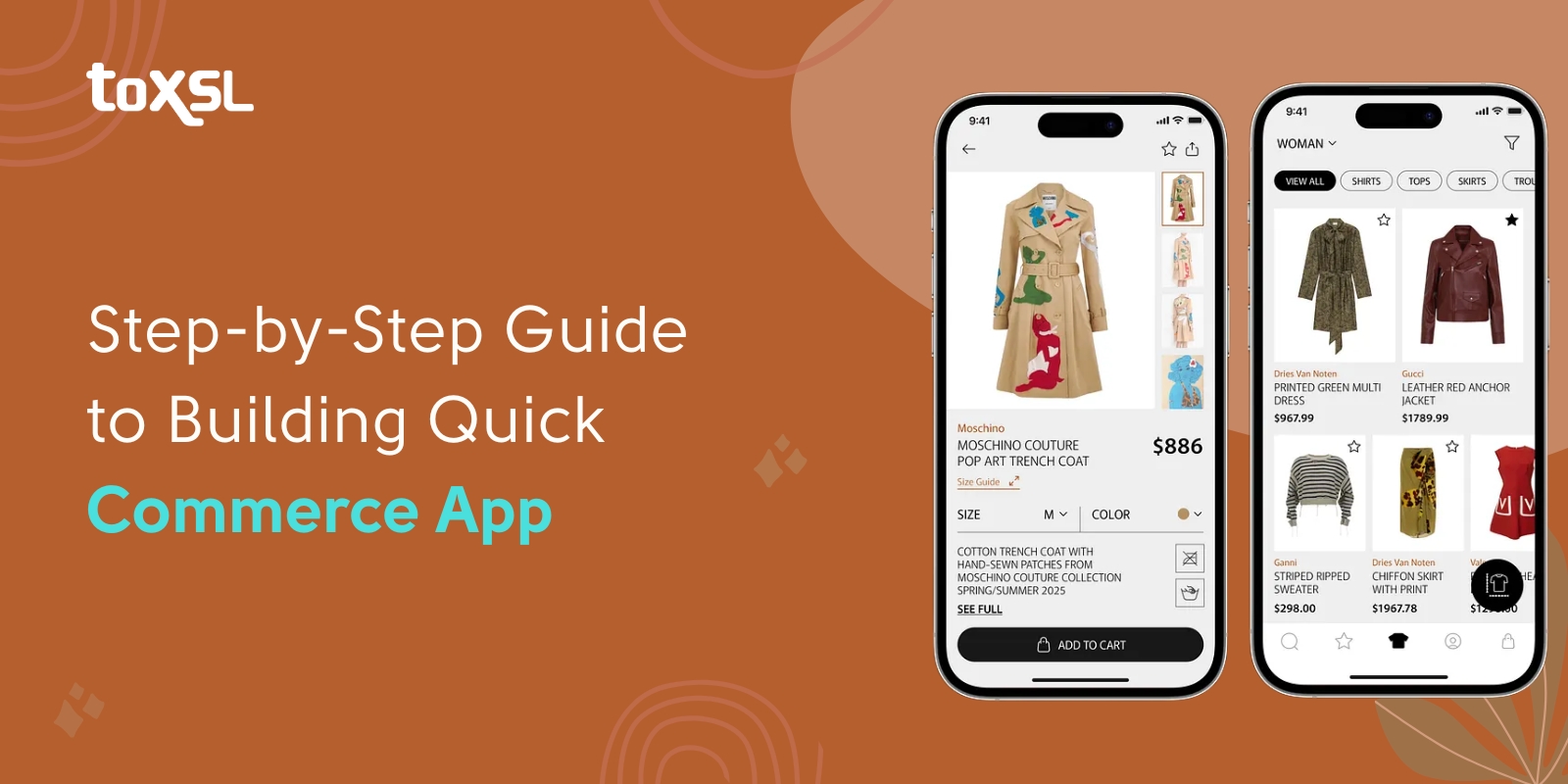
Quick commerce has become one of the most revolutionary trends in retail, delivering groceries in 15 to 30 minutes and pharmacy essentials in under an hour. The global Quick Commerce market is estimated to reach $195.01 billion in 2025. The revenue is predicted to reach $283.04 billion, growing at an annual growth rate of 7.74%.
Quick commerce app development is bridging the gap between traditional e-commerce and the instant gratification or demands of customers. The advancement in technology and growth in customer needs have created a high demand for Q-Commerce apps. However developing a successful Q-commerce app can be a challenging task, requiring careful planning and professional execution.
How to Build a Quick Commerce App?
Before diving more into the blog, let us first take you through the steps to develop a Q-Commerce app:
Business Model: Have you done enough research on the type of app you want? Who are your customers? Will your Q-Commerce app focus on groceries, pharmaceuticals, or other everyday essentials? Hence, before diving into the technical aspect of your app development, it is crucial to know the kind of app you want to develop. Ensure that the range of products that your app will offer aligns with your niche. Also, focus on the market that you want to target. Your every decision will directly impact your app.
Technology Stack: The success of any app is directly proportional to the technology stack that you use for the development process. For the front-end part of app development, businesses can use frameworks such as React Native, Flutter, Swift for iOS, and Kotlin for Android. And, for a better user interface, businesses can use tools such as Figma or Sketch to develop intuitive designs. However, to handle large amounts of data, businesses can use Node.js, Express.js, or Django as server-side frameworks.
Key Features: What features you are offering to your customers can help you stand out from your competitors. So the core features that you should add to your Quick Commerce app are user registrations and profiles, product catalog and search, real-time order tracking, intelligent recommendation, in-app chat, customer support, push notifications, and more.
Optimize UI/UX: Developing a seamless and intuitive user experience is important for any Q-Commerce business. Users always prefer Q-Commerce platforms that are easy to navigate, simple, and organized. With that, ensure that your app loads quickly, keeping users engaged. Make sure that images are optimized and avoid using unnecessary animations to improve performance.
Scalable & Secure Infrastructure: As your user base increases, you might need to scale the app. Hence, implementing scalable and secure systems from the start can save time and resources in the future. Businesses can opt for cloud hosting and auto-scaling solutions such as AWS or Google Cloud that support auto-scaling to handle traffic. Also, security matters the most. So, ensure that you protect user data by following strict security practices.
Test & Launch the App: Testing is an important part of Q-Commerce app development, including various types of testing such as functional testing, performance testing, and user acceptance testing (UAT). Once this phase is complete and successful, a business can proceed with the launching part.
Cost to Develop a Quick Commerce App
There is no straightforward answer when it comes to the cost of developing a Quick Commerce app. In general, the cost of developing a Quick Commerce app ranges between $10,000 to $150,000. Let us break it down more for you:
Basic App Development: A basic version of the app includes basic functionalities including user registration and login, product catalog browsing, shopping cart functionality, basic payment gateway integration, simple order tracking, and more. A simple, minimally viable product (MVP), is enough to evaluate how your app will perform in the market. The cost to develop a simple Q-Commerce app ranges between $10,000 to $50,000.
Advanced App Development: Advanced: An advanced Q-Commerce platform will include everything from the basic version. With that, it comes with real-time order tracking with GPS integration, in-app messaging between customers and delivery partners, customized product recommendations, promotional campaigns, and basic analytics dashboards. The advanced app gives a better user experience. However, the cost to develop an advanced Q-Commerce app ranges between $35,000 to $70,000. These apps help businesses improve customer retention and increase revenue.
Enterprise-level App Development: The enterprise-level app includes all features of basic and advanced apps. With that, they include AI-powered product recommendations and demand forecasting, voice search, and AI-powered chatbot support. The cost to develop an enterprise-level app development ranges between $70,000 to $100,000.
Factors Affecting the Cost of Quick Commerce App Development
Let us go through the factors affecting the cost of quick Q-Commerce App Development:
Complexity of the App: Think of your app like a car. A basic car with just the essentials is cheaper. But if you want cool extras like GPS, live tracking, or smart recommendations, it costs more. The same goes for your app, the more features you want, like live order tracking, multiple payment options, or voice commands, the more time and work it takes to build, which means it costs more.
Design and User Experience (UX): If you want a simple, clean look with basic buttons and layouts, it’ll be cheaper. But if you want your app to look unique, with smooth animations, personal touches, and a super easy shopping flow, it takes more design and coding work — so it costs more.
Platform: Do you want your app only on iPhone or only on Android? That’s cheaper. But if you want it on both, or even on the web, it costs more because developers have to build and test different versions. Using tools that let you build one app for all platforms can save money.
Backend and its Scalability: Your app needs a “brain” behind the scenes that handle orders, stock, and deliveries. A simple backend costs less, but might slow down if many people use the app at once. A stronger backend that can handle lots of users and updates in real-time costs more but keeps everything running smoothly.
Real-Time Features: Quick commerce apps need to update things instantly, such as showing where your delivery is or if a product is in stock. These live updates need special technology, which adds to the cost.
Development Team and their Location: Hiring experienced developers in expensive countries like the USA or Europe costs more. Hiring skilled developers from countries with lower living costs, like India or Eastern Europe, can be cheaper. Also, working with a full agency usually costs more than freelancers but can give you better support.
Testing and Quality Assurance: It’s important to check that your app works perfectly on different phones and doesn’t crash. The more thorough the testing, the more it costs, but it’s worth it because it stops problems and keeps users happy.
Maintenance and Updates: After your app launches, you’ll need to fix bugs, update it for new phones and operating systems, and add improvements. This ongoing work usually costs about 20-30% of what you spent building the app every year.
Legal and Regional Requirements: If you want your app to work in different countries, you might need to add things like local payment options, and languages, and follow privacy laws. This makes the app more complex and adds to the cost.
Final Word
Q-Commerce app development promises a lot of opportunities for businesses that connect with customers in a meaningful way. Are you ready to start your Quick Commerce journey? ToXSL Technologies is a leading Quick Commerce app development company, renowned for developing a numerous successful Q-Commerce platform. Contact us today to learn how we can help you enhance your business and customer reach.

